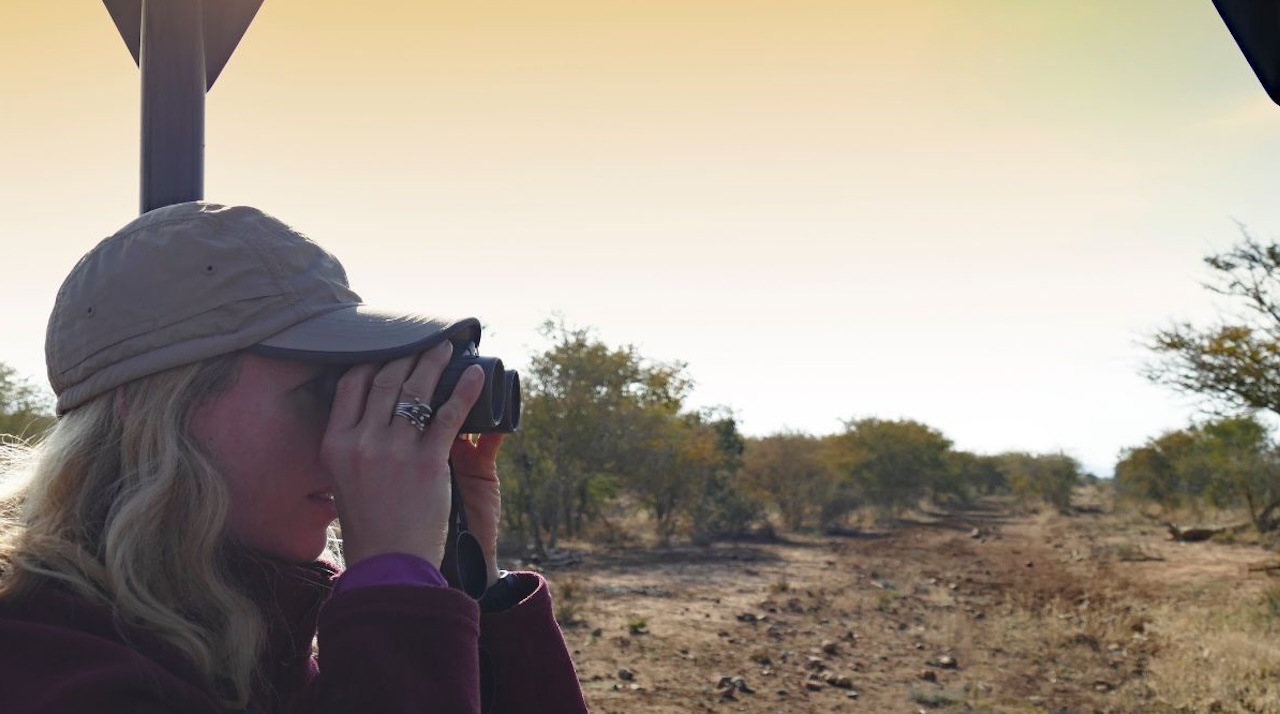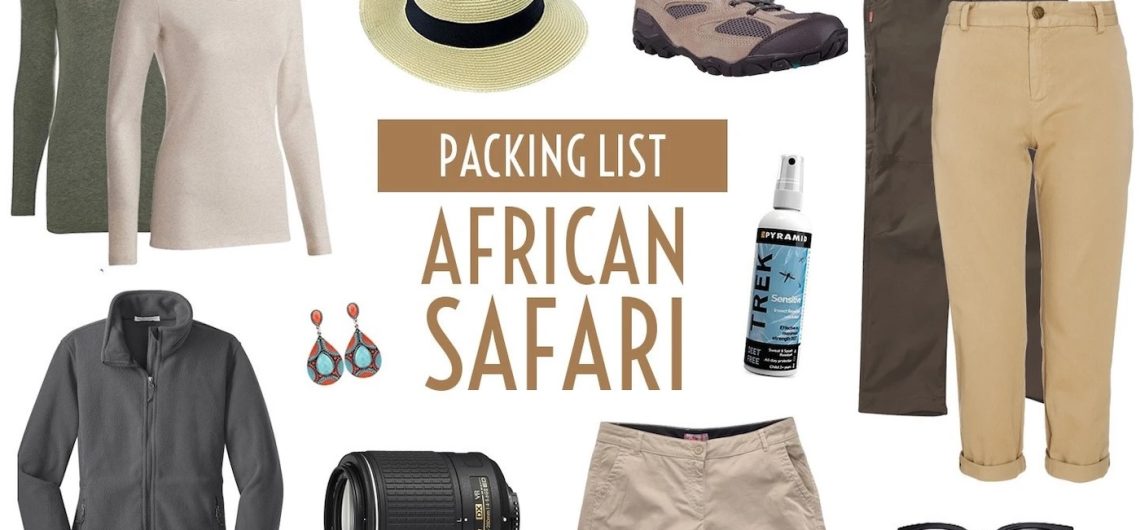Coming on a Kenya Tanzania safari is a once-in-a-lifetime adventure, but packing for the African bush can feel daunting.
From scorching savannah days to chilly highland nights, plus the need for wildlife-friendly gear, your suitcase needs careful planning. Don’t worry—we’ve got you covered! This ultimate packing guide for a Kenya & Tanzania safari breaks down everything you need, from clothing to camera gear, plus insider tips to ensure you’re prepared for every moment. Let’s pack smart and get ready for the wild!
What to wear during a safari in Kenya and Tanzania?
Clothing: Dress for Comfort and Camouflage
Safari packing is all about versatility, comfort, and blending into the environment. Here’s what to include:
Lightweight, Neutral-Colored Clothing: Opt for breathable fabrics like cotton or moisture-wicking synthetics in earthy tones (khaki, olive, beige).
Bright colors or white can startle wildlife or attract insects. Pack 3–4 short-sleeve shirts, 2–3 long-sleeve shirts (for sun protection), and 2–3 pairs of convertible pants (zip-off shorts).
Warm Layers: Evenings in parks like Ngorongoro or Maasai Mara can dip to 10°C (50°F). Bring a fleece jacket, a packable down jacket, and a scarf for early morning game drives.
Hat and Bandana: A wide-brimmed hat protects against the sun, while a bandana or buff keeps dust at bay during dry-season drives.
Sturdy Footwear: Pack comfortable hiking boots or trail shoes for walking safaris and casual sneakers for lodges. Avoid open-toed sandals outside camp due to insects and thorny terrain.
Sleepwear and Underwear: Bring enough for 5–7 days, as laundry services are common in lodges but may take time.
Rain Gear: A lightweight, packable rain jacket is essential for the wet season (March–May, November).
Pro Tip: Check if your lodge offers laundry services to pack lighter. Avoid military-style camouflage clothing, as it’s restricted in some areas.
Also read on the Top 5 Must visit parks for Kenya and Tanzania safari.
Gear and Accessories: Be Safari-Ready
 The right gear enhances your safari experience. Here’s what to pack:
The right gear enhances your safari experience. Here’s what to pack:
Binoculars: A compact pair (8×42 or 10×42) is crucial for spotting distant wildlife, like leopards in trees or birds in Tarangire. While we ate Safari Desire offer a pair in the jeep, it is usually good to come with yours especially you have a good one or if you are more than two people travelling together.
Camera and Accessories: A DSLR or mirrorless camera with a 200–400mm zoom lens is ideal for wildlife photography. Bring extra batteries, memory cards, and a dustproof camera bag. A smartphone with a good camera works for casual shots.
Daypack: A small backpack (20–30L) holds your essentials during game drives—water bottle, sunscreen, binoculars, and snacks.
Reusable Water Bottle: Stay hydrated with a 1L bottle. Most lodges provide filtered water for refills.
Headlamp or Flashlight: Power outages can occur, and a headlamp is handy for navigating camps at night. Some lodges and camps offer one at teh room, but it is always good to carry yours.
Power Bank and Adapters: Kenya and Tanzania use Type G outlets (UK-style plugs). A universal adapter and a power bank keep your devices charged during long drives.
Pro Tip: Pack a bean bag or small tripod to stabilize your camera on game drive vehicles.
Health and Safety Essentials
Safaris require health precautions to stay safe and comfortable:
Sunscreen and Lip Balm: The equatorial sun is intense. Use SPF 50+ sunscreen and reapply often.
Insect Repellent: A DEET-based repellent (30–50%) protects against mosquitoes, especially in wet seasons. Consider permethrin-treated clothing for extra protection. Can you buy from here? Yes you can buy an insect repellent in malls and big pharmacy shops in Nairobi, Kenya and Arusha, Tanzania.
Medications: Bring prescriptions, antimalarials (consult your doctor), and over-the-counter remedies for headaches, allergies, or stomach issues.
First-Aid Kit: Include band-aids, antiseptic wipes, and pain relievers for minor injuries.
Hand Sanitizer and Wet Wipes: Dust and limited water access make these a lifesaver.
Pro Tip: Visit a travel clinic 4–6 weeks before departure for vaccinations (e.g., yellow fever, typhoid) and malaria advice.
 Documents and Miscellaneous
Documents and Miscellaneous
Don’t forget these essentials:
Passport and Visas: Ensure your passport is valid for 6+ months. Kenya and Tanzania require visas (e-visas available online).
Travel Insurance: Choose a policy covering medical emergencies and trip cancellations.
Cash and Cards: Carry USD (small denominations) for tips and local markets. Credit cards are accepted at most lodges. We recommend that you carry small USD denominations but also changing some money to local currency; Tanzania Shillings and Kenya Shillings.
Notebook and Pen: Jot down wildlife sightings or journal your adventure.
Guidebook or App: A field guide to East African wildlife (or an app like iNaturalist) enhances game drives.
Packing for Different Safari Types
Luxury Safaris: Add a smart-casual outfit for dinners at high-end lodges like Serengeti’s Four Seasons.
Budget Camping: Pack a lightweight sleeping bag liner and quick-dry towel if camping. You can also hire from Nairobi or Arusha if you wish to pack light.
Walking Safaris: Sturdy, ankle-supporting boots and a walking stick are must-haves.
What Not to Pack for your safari in Kenya & Tanzania
Heavy Luggage: Most safari vehicles and small planes have weight limits (15–20kg, including handbags). Use a soft duffel bag, not a hard suitcase.
Drones: Many parks ban drones to protect wildlife. Drones are in fact prohibited by authorities in both Keny aand Tanzania so do not pack a drone.
Plastic Bags: Kenya and Tanzania bans single-use plastics, so use reusable bags for toiletries.
Packing for a Kenya & Tanzania safari is about balancing practicality with preparedness. With the right clothing, gear, and health essentials, you’ll be ready to focus on the magic of the bush—whether it’s spotting a lion in Serengeti or photographing elephants in Amboseli.
Download Our Free Packing Checklist
Start planning your adventure today by visiting our contact page for personalized itineraries. Your dream safari awaits!


Comments